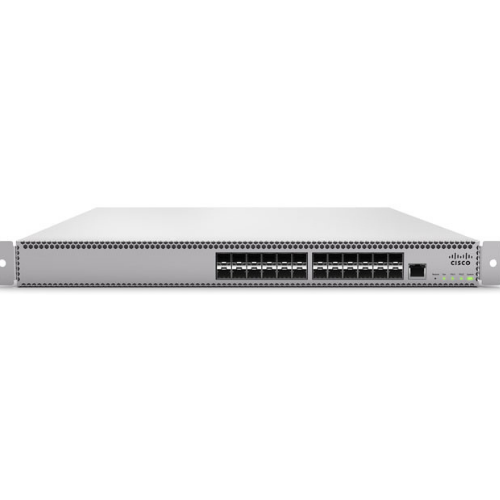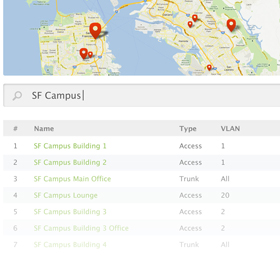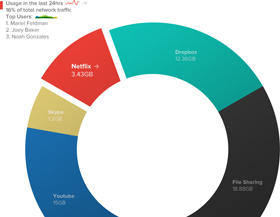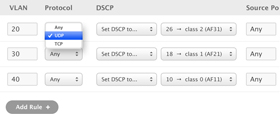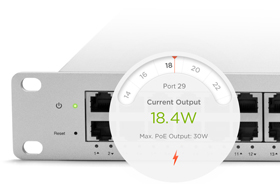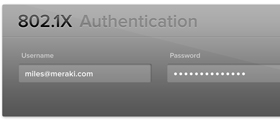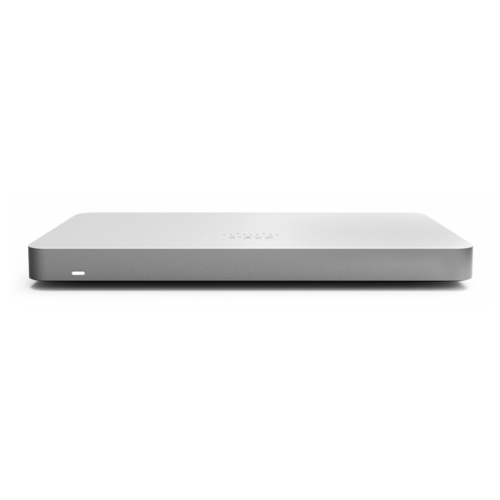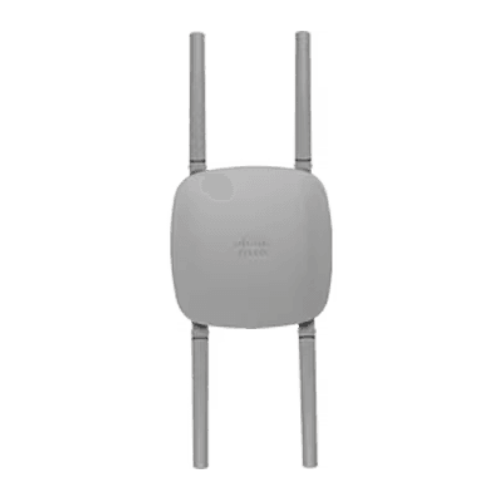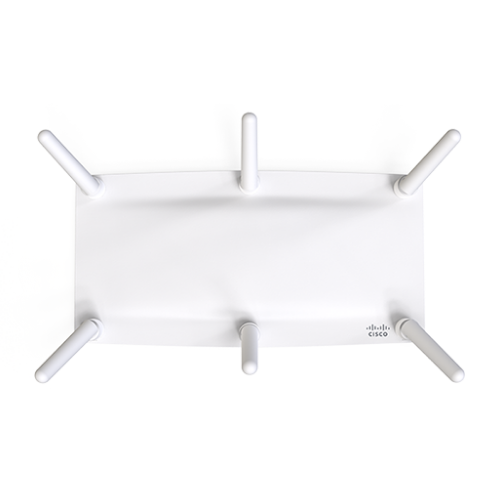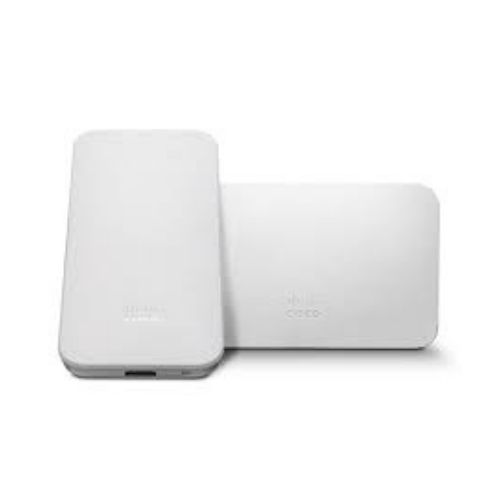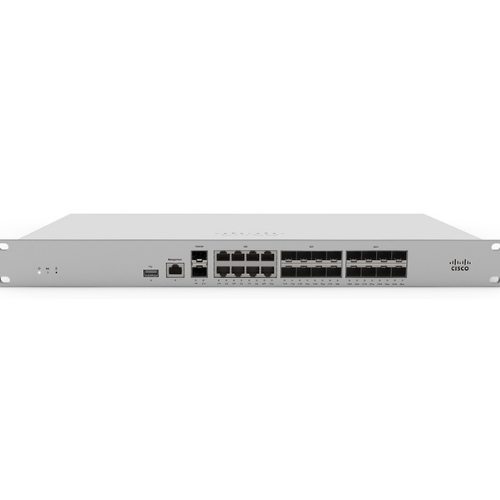Overview:
The Cisco Meraki MS420-24 is the world’s first cloud-managed 10 Gigabit Ethernet aggregation switch bringing the benefits of the cloud: simplified management, reduced complexity, network wide visibility and control, and lower cost for campus deployments.
Expanding Cloud Management to the Campus
Cisco Meraki aggregation switches extend Cisco Meraki’s cloud management to campus deployments. Just like our access switches, these 10 Gigabit Ethernet aggregation switches are built from the ground up to be easy to manage without compromising any of the power and flexibility traditionally found in enterprise-class switches.
Cisco Meraki switches are managed through an elegant, intuitive cloud interface, rather than a cryptic command line. To bring up a Cisco Meraki switch, just plug it in; there’s no need for complicated configuration files — or pre-staging.
MS420-24 Highlights
Configurations
- 24 Port 10 GbE Aggregation Switch
Hardware platform
- 24 × 10 GbE SFP+/SFP
- 1 × 10/100/1000 RJ45 management port
- Non-blocking switch fabric
- 480 Gbps switching capacity
- Compact design (1 RU) for space-constrained environments
- Ultra-reliable, includes lifetime warranty
Switching capabilities
- 802.1p Quality of Service prioritization
- 802.1Q VLAN tagging for up to 4095 VLANs
- 802.1D Spanning Tree Protocol (STP) and
- 802.1w Rapid Spanning Tree Broadcast storm control
Layer 3 capabilities
- Dynamic routing (OSPFv2)
- Static routing
- DHCP Relay
- DHCP Server
- First of a kind UI-based configuration
- Easy to configure routed interfaces
- Warm spare redundancy (VRRP)
- DHCP Failover
Cloud management
- Unified switch management from aggregation to access layers
- Visibility and control over thousands of ports
- Built-in multi-site management
- Zero touch provisioning
Monitoring and diagnostics
- Cable failure testing
- Gateway connectivity testing
- Real time troubleshooting tools
- Email and text message alerts
Built-In Multi-Site Cloud Management
The Cisco Meraki MS is the industry’s first cloud managed switch, combining the benefits of cloud based centralized management with a powerful, reliable access platform. Cloud management has a number of benefits that make it easier to build networks large and small:
- Centralized management that allows you to manage your entire Meraki network stack from campus aggregation to your access layer (wireless APs, switches, firewalls).
- Virtual stacking: manage up to tens of thousands of ports from a single pane of glass.
- Layer 7 OS, client, and hostname fingerprinting.
- Powerful Live Tools such as cable test to isolate physical layer issues.
- E-mail and SMS (text) alerts upon power loss, downtime, or configuration changes.
- Role-based administration and automatic, scheduled firmware upgrades over the web.
- Regular feature updates and enhancements delivered on demand from the Meraki cloud.
- No staging deployments
With cloud management, thousands of switch ports can be configured and monitored instantly, over the web. Provision remote sites without on-site IT, deploy network-wide configuration changes, and easily manage campus and distributed networks without training or dedicated staff.
Converged Voice, Video and Data Environments
The Cisco Meraki switch family is designed to unify data, voice, and video onto a single IP backbone. All Cisco Meraki switches support rich quality-of-service (QoS) functionality for prioritizing data, voice, and video traffic. The switches support eight class-of-service (CoS) queues on every port, enabling them to maintain end-to-end traffic prioritization.
Lifetime Warranty with Next-day Advanced Replacement
The device-specific licenses corresponding to discontinued hardware products will be available for purchase after the EOS Date unless the license(s) is/are listed in the “End-of-Life Products” list provided below. Cisco Meraki typically provides support for a given product for a period of five (5) years after the EOS date. If the discontinued product is not available for replacement or repair of an in-warranty return, Cisco Meraki may replace the discontinued product with functionally equivalent hardware and transfer the remaining license term from the replaced product to the replacement hardware.


